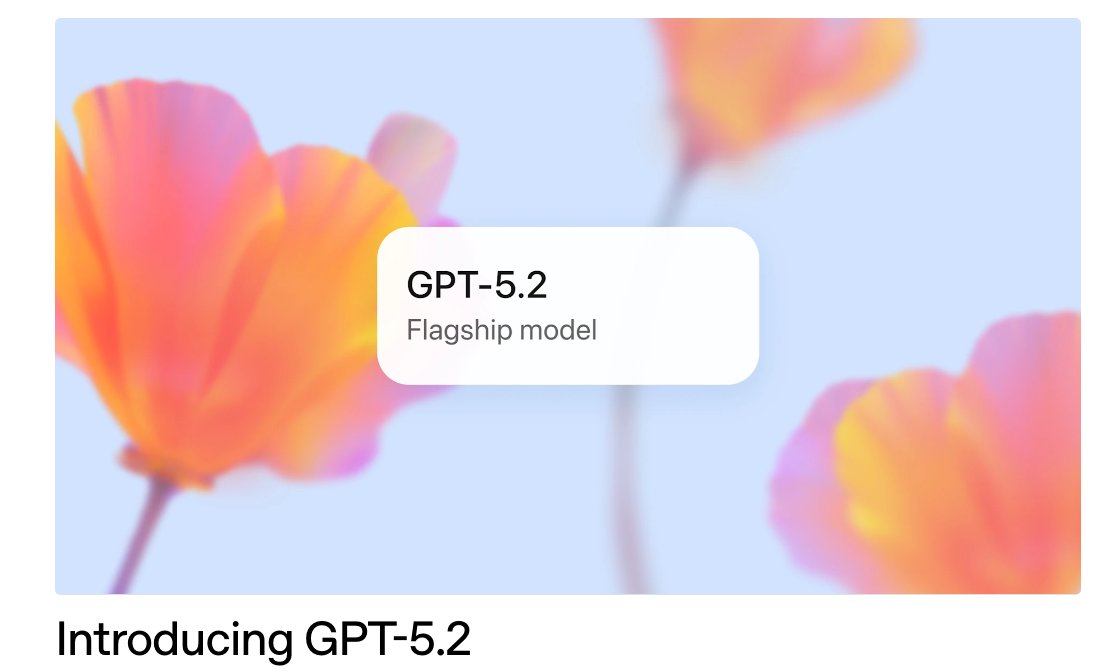TOOLS
SQL databases hold massive value—but raw data alone isn’t useful. It becomes truly powerful when transformed into understandable, actionable insights.
That’s the role of SQL reporting tools. Whether you're building a sales dashboard, a financial report, or delivering automated operational summaries, the right reporting tool helps bridge the gap between data and decisions.
In this guide, we’ll cover:
Why dedicated SQL reporting tools matter
The major categories of reporting platforms
Key features to evaluate
How AI complements reporting workflows
How to choose the right solution for your needs
Why Use SQL Reporting Tools?
Manual exports and ad-hoc scripts don’t scale. Here’s what dedicated reporting tools offer:
✅ Automation
Schedule recurring reports and automate delivery
✅ Consistency
Standardize formatting, logic, and branding across teams
✅ Visualization
Create visual dashboards, not just rows and columns
✅ Self-Service Reporting
Enable business users to generate or customize reports
✅ Security & Governance
Set granular access controls and audit trails
✅ Real-Time Access
Connect directly to SQL sources for up-to-date reporting
✅ Scalability
Handle large datasets and growing reporting needs
Types of SQL Reporting Tools
Here’s a breakdown of the most common categories:
1. Traditional Enterprise Reporting Platforms (e.g., SSRS)
Keywords: sql reporting services, microsoft sql server reporting services, report builder, visual studio reporting services
Overview:
Platforms like Microsoft SSRS are designed for pixel-perfect, paginated reporting—ideal for operational and financial reports.
📊 Good for: Invoices, scheduled reports, document-style outputs
🧩 Tools used: SSRS, Report Builder, Visual Studio extensions
Pros:
Highly customizable
Often bundled in enterprise stacks
Strong scheduling capabilities
Cons:
Steep learning curve
UI can feel outdated
Less flexible for self-service or interactive dashboards
2. Business Intelligence (BI) Platforms
Keywords: sql dashboard, sql reporting tools, business intelligence
Examples: Power BI, Tableau, Looker, Qlik
Overview:
BI tools are powerful for data visualization, interactive dashboards, and exploratory analysis—with robust SQL connectivity.
Pros:
Rich dashboards and data storytelling
User-friendly for non-technical users
Easy filtering, drill-downs, and sharing
Cons:
Can be pricey
Might be overkill for simple reports
Learning curve for advanced features
3. Embedded Reporting Tools & SDKs
Overview:
Ideal for developers embedding reports or dashboards inside applications.
Pros:
Seamless UI integration
Full control over look & behavior
Cons:
Requires coding
Less suitable for standalone reporting
4. Dedicated Report Builders & Simpler Tools
Keywords: sql report builder, sql dashboard
Overview:
These tools focus on ease-of-use and fast reporting. Think: lighter versions of BI tools with a SQL focus.
Pros:
Easy to use
Affordable
Designed for SQL users
Cons:
May lack advanced analytics
Less customization
Key Features to Look For
When comparing tools, prioritize:
Database Support: SQL Server, PostgreSQL, MySQL, Oracle, BigQuery, Snowflake, etc.
Data Prep Tools: Join tables, calculated fields, filtering
SQL + Visual Query Builder: Write raw SQL or use drag-and-drop
Visualization Options: Charts, tables, maps, interactivity
Report Builder UX: Easy layout design, formatting tools
Scheduling/Distribution: Email, embedded viewers, exports
Permissions: Role-based access, SSO, data masking
Exporting: PDF, Excel, CSV support
Performance: Ability to handle large/complex queries
AI in Reporting: Accelerating the SQL Step
While SQL reporting tools focus on visualization and distribution, creating accurate SQL queries remains a bottleneck—especially for complex reports.
Here’s how AI tools like AI2sql help:
🚀 Faster Query Creation
Write what you want in plain English → Get optimized SQL
“Show me monthly revenue by product category”
✅ Reduced Errors
AI minimizes syntax errors and structural issues
🙌 Empowered Users
Non-technical users can define reporting needs without knowing SQL
Pairing tools like AI2sql with reporting platforms creates an end-to-end workflow—fast, accurate query writing + powerful visual reporting.
Choosing the Right Reporting Tool
Your best fit depends on:
👥 Who’s using it?
Developers? Analysts? Business users?📄 What type of reports?
Highly formatted documents vs. interactive dashboards💰 What’s your budget?
Free tools (SSRS) vs. premium BI suites🔌 What’s your tech stack?
Microsoft shops may prefer Power BI or SSRS; Google Cloud teams may lean toward Looker📈 Will it scale?
Can it handle your growing data and team needs?
Conclusion: Turn SQL Data into Business Value
SQL reporting tools are essential for turning rows of data into clear, actionable insights.
Whether you need the precision of SSRS, the flexibility of BI platforms, or the simplicity of SQL report builders, choosing the right tool is key to driving smarter decisions.
Pairing these tools with AI platforms like AI2sql unlocks even more speed and accessibility—allowing teams to generate SQL queries accurately, reduce bottlenecks, and focus on what matters: delivering insight.






